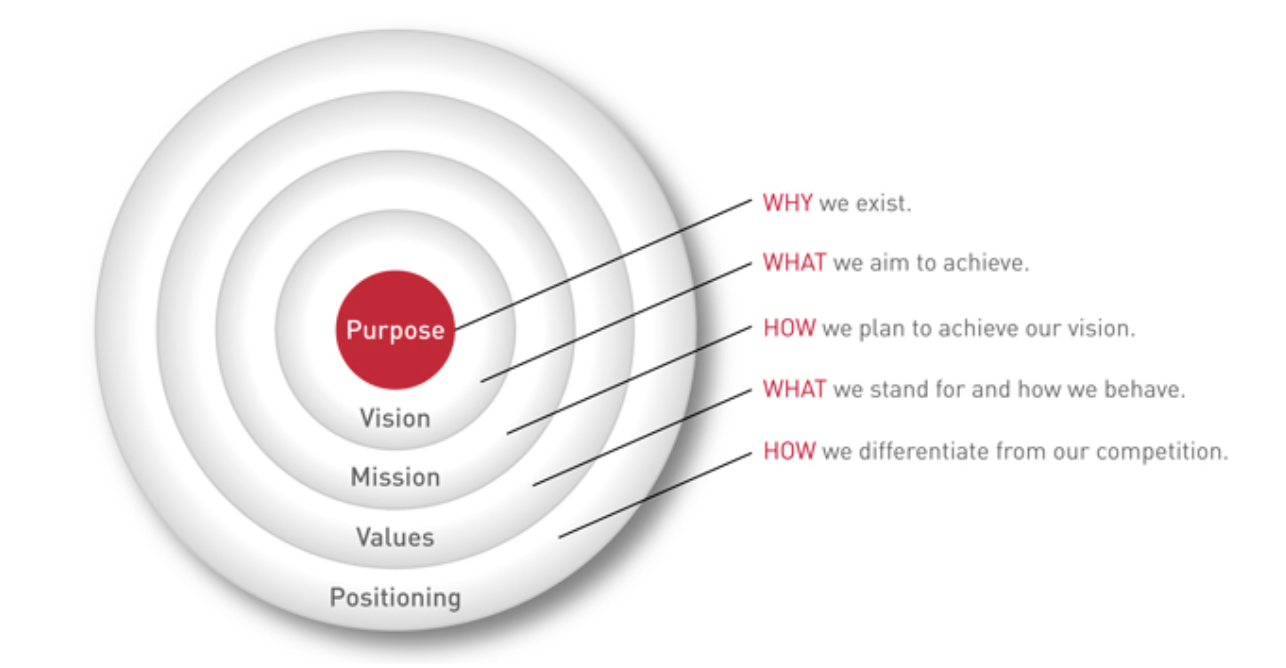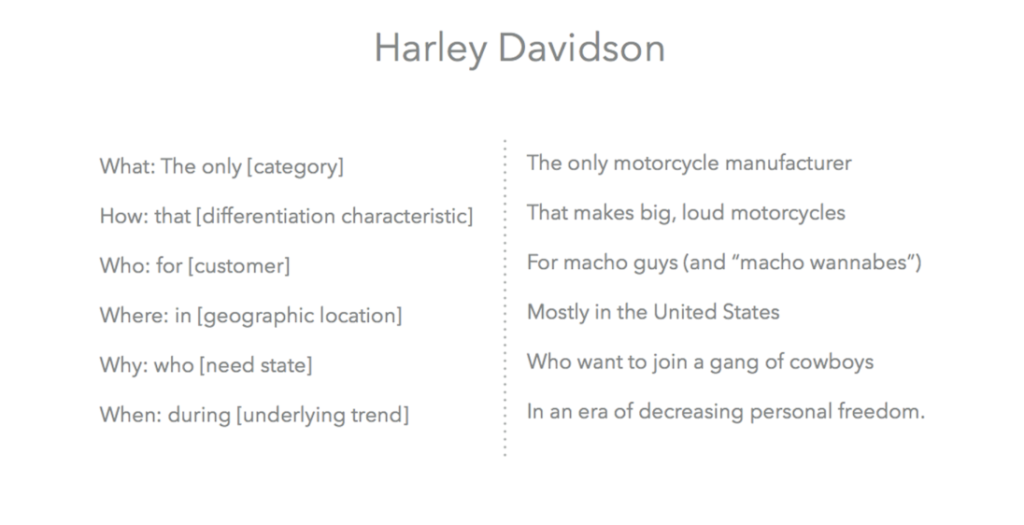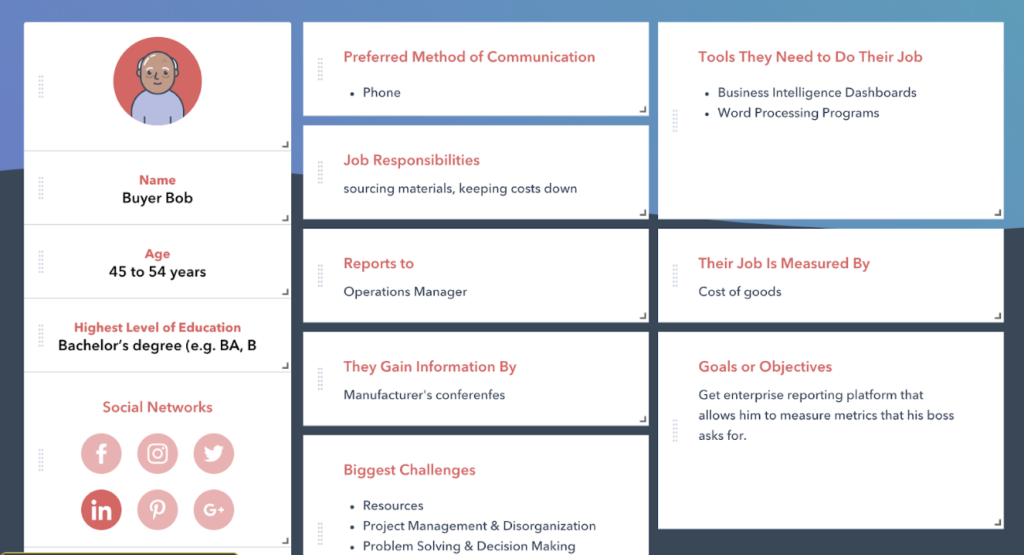By James Kwon
It’s probably about time to reset and relaunch your sales and marketing strategies.
Check out our sales playbook!
11/29/2018
By James Kwon
If you’re reading this, you’re probably struggling with trying to tell your brand story. One that is rich yet concise, aspiring but humble, and visionary with a touch of reality. You want this messaging to resonate externally, align internally, and provide a strategic-framework for decision-making. No, you’re not asking for too much. In fact, we’ve outlined 14 questions you MUST ask to check off all the boxes you want to address. So if you’re struggling with creating your brand story, you’ve come to the right blog post.

Let me guess, you’re a great company that has a tremendous service or product. But, why should my business buy from you, instead of from that other great company with the same tremendous service or product? I hate to burst your bubble, but the strategy that you’re just a business that sells stuff, no longer works. We live in a world where people are buying on experience. The truth is, it’s not really about what you do, or even how you do it—people buy from you when they’re inspired by why you do it.
And every brand has that why—that story they don’t know how to tell. But let’s start here—to tell a good story, you must first know your story. Best selling novelist Stephen King compares writing a story to digging for fossils: “You must know where to dig, how to dig, and what you’re looking for.”
So without further ado, here’s a list of 14 questions that will help you dig deeper, so you can unearth the right message that gets the attention of the right audience.
1. How did your company begin?
First things first. All companies have a beginning. Revisiting your history can spark memories, feelings of nostalgia, and call attention to a legacy. Corporate histories can be important to your clients, employees, and the community. A company with an accomplished past can prove long-lasting corporate strength. Your history can also pay respect to your people, and build goodwill internally. If you’re not the founder, discover who is. Also, what problem were they trying to solve? These questions can get to the roots of why your company exists—beyond just making money.
Take LEGO for example. This toymaker grew to global dominance from humble beginnings. To celebrate their 80th anniversary, they told the history of their story through an animated video.
2. Does your company have a set of values, and mission, vision, purpose, and positioning statements?

These five statements are often confused with one another. But there are fundamental differences. Each statement does their own job in aligning internally—making sure everyone is marching to the same goals. Here’s the easiest way to think about each statement so you can start crafting your own:
Purpose: Work from the inside of the circle out. This purpose outlines why you exist—what you do and most importantly how it benefits others. If you’re looking for some inspiration, check out these great examples from companies known around the globe.
Vision: Describes your business’ goals—it is concrete and measurable (aka put a date on it!). True vision can’t be imposed on a company – it has to grow from the shared purpose and passion of its people. True vision leads to commitment rather than compliance, confidence rather than caution.
Mission: This statement tells you how you plan to achieve your vision.
Values: Instead of outlining what you stand for and how you behave in single words, such as customer-centric, innovation, or integrity; try to create short, pithy statements. Single, overused words only point to what makes your company admirable. Statements can bring attention to what makes you unique!
Positioning: Your positioning statement exists to define how you differentiate your company from the competition. A great exercise is to break it down into what, how, who, where, why, and when. Here’s an example taken directly from Harley Davidson’s brand book to use as your guide when forming yours.

3. What products or services does your business offer?
Thought I’d throw in an easy one for you before we start digging deeper…
4. What are the trends and changes that affect your industry?
It’s important to outline trends that can catapult your brand as well as those that can prevent your company from success. While you don’t want to craft your story around #trendingtopics, since you will risk being old news, fast—looking at cultural trends can help you start to craft a message that is relevant.
5. Best customer story?
It’s important to remember the best feeling you’ve gotten after providing your product or service to someone. Usually, these customers reinforce the reason your business exists in the first place (hint hint, why you do what you do). Your best customer can be someone who’s done business with you and left completely satisfied, or it can be someone who keeps coming back for more. Whether they give you great reviews or stay loyal to your company, your best customer can tell you a lot about your brand and what makes it unique.
6. Worst customer story?
The worst customer you’ve had also tells you a lot about your brand. They can help you outline your ideal prospect, so you can start focusing your marketing efforts more specifically. Which brings us to our next question…
7. Who is your ideal company/customer?
Outlining your ideal company/customer will not only help you craft the right message for a certain audience, it can also create a healthy sales pipeline (and keep those bad companies away). Sales can be hard enough, but it’s even harder when you’re trying to sell to a whole bunch of people who are not a good fit for your company. When you determine your ideal company/customer, then you can focus your company on the story that will resonate with them the most.
8. What are your buyer personas?
If you haven’t created buyer personas already, there’s no time like the present! Simply put, developing personas allows you to create content and messaging that attracts and appeals to your target audience. A persona is more than just demographics. It asks the questions: What is their position? What are their pain points? What are their goals and objections? This handy tool from our friends over at HubSpot can help you develop a detailed buyer persona, as shown below.

9. If your company were an animal, what would it be?
This is a tough one, I know. Try to avoid picking your favorite animal and choose something that truly embodies the voice of your company and how you want your brand be perceived. Here are some examples: Are you a shark (a company that is fierce and always moving)? A bear (strong and aggressive)? Or maybe an owl (smart and wise)?
10. If your company could drive, what would be its car of choice?
Again, use the right side of your brain for this question. Maybe your company is a Camry (dependable and reliable)? A Mercedes (exclusive and luxurious)? Or a Ford-150 (powerful and dynamic)?
11. If your brand could be endorsed by a celebrity or public figure, who would it be, and why?
Relating your brand to a widely-known figure can help you understand your values. You need to think whether their personal brand aligns with your company mission and purpose. Also, thinking about a person could be an easier way to discover your personas.
12. Who are your biggest competitors?
Don’t say you don’t have competitors, because you do. They may come in different shapes or sizes, but they exist. Understanding your competitors by knowing what products or services they sell and what they stand for, can actually help you stand out.
13. What do you do better than them?
While you may have the same product or service, how does your company go above and beyond to satisfy your clients and get the job done?
14. What makes you different than them?
This goes back to my very first question in the blog. Why should I buy from you, as opposed to that other company that does the same thing you do?
Phew, I’m glad you made it this far! Getting started can feel overwhelming, so partnering with an agency that understands your goals can help you craft a compelling brand story that captures your audience, aligns your employees and sets you apart from the competition. If you would like us to be part of the journey to help you put your WHY into words, reach out to us and we’ll help you get there.
It can be difficult to measure productivity for your company.
Agency Best Practices
The magic of Hubspot isn’t actually the software but your execution of the strategy using the software.
Marketing
New networks are being introduced every day and it’s exciting to watch how this affects B2B and B2C marketing, as well...
Digital Marketing